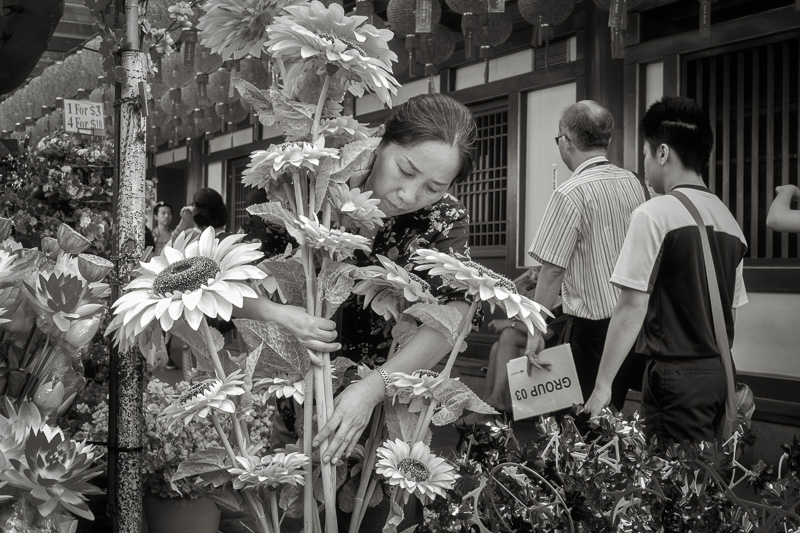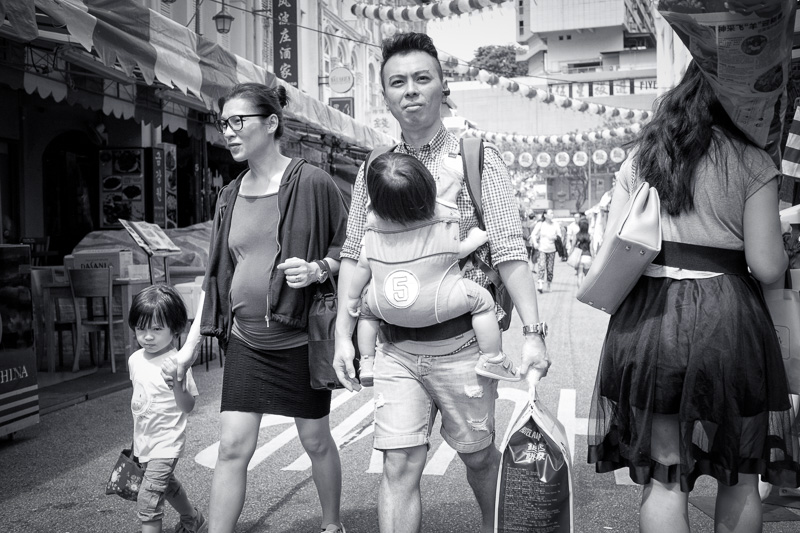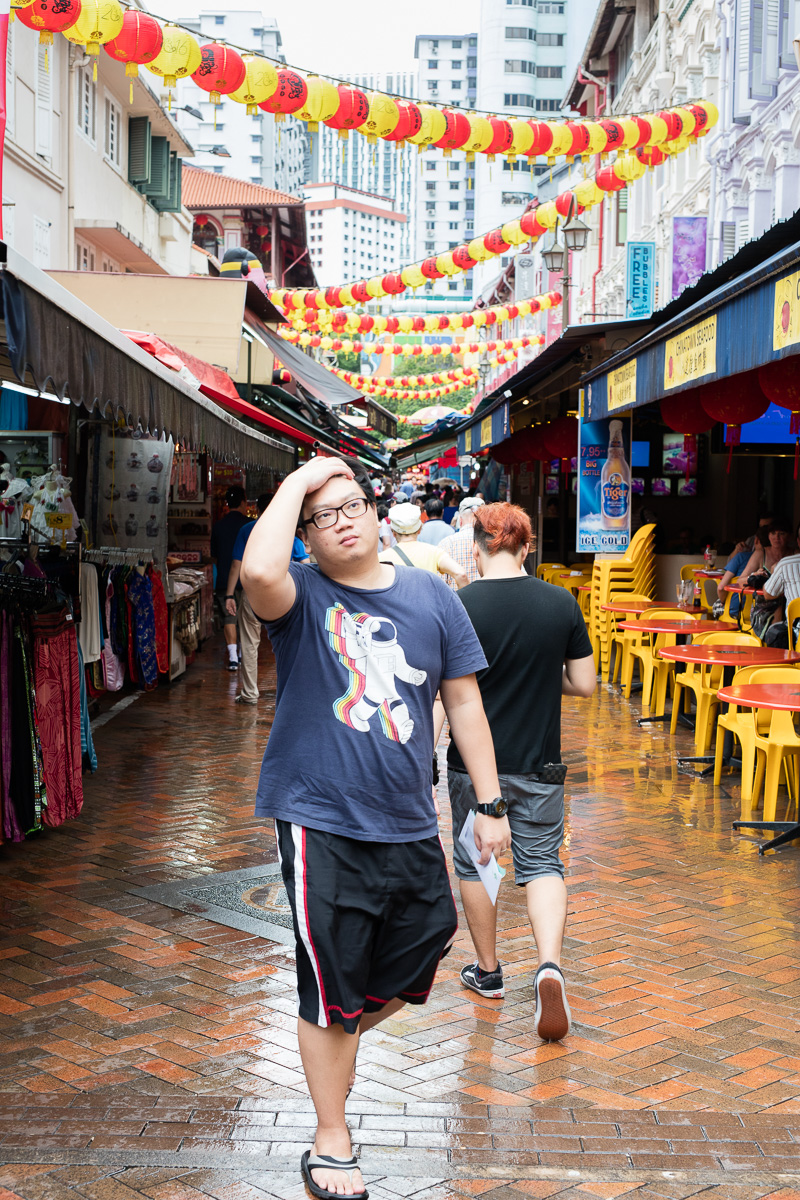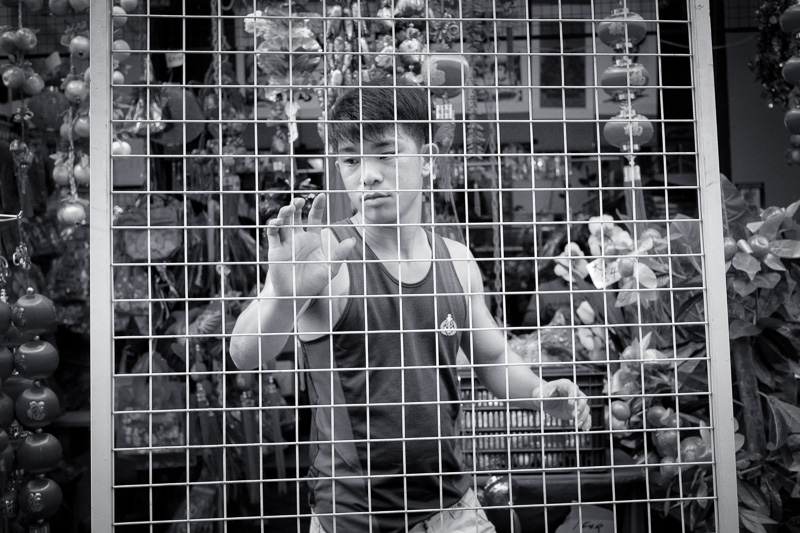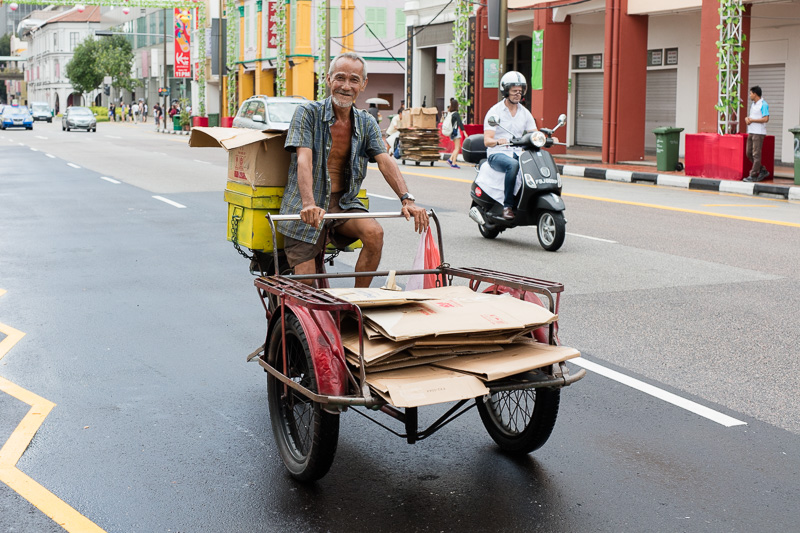While in Singapore, we had an invitation to the Tanglin Club. Our host, who is ethnically Chinese, showed us the plaques spanning the club’s 150 year history. The plaques listed presidents of the club, almost all with British names – names like mine. In fact, it was a Barker who officially opened the latest wing. Our host pointed out that, until the 1960’s, he couldn’t have been a member of the club – whites only.
An incidental effect of Singapore’s rapid development, its hypermodernism, is that it has paved over many of the vestiges of its colonial history. But a few still remain. We went to The Long Bar at the Raffles Hotel – birthplace of the Singapore Sling – and paid $32 dollars apiece for our fabled cocktails. And a few of its museums and older hotels preserve the Victorian façades.
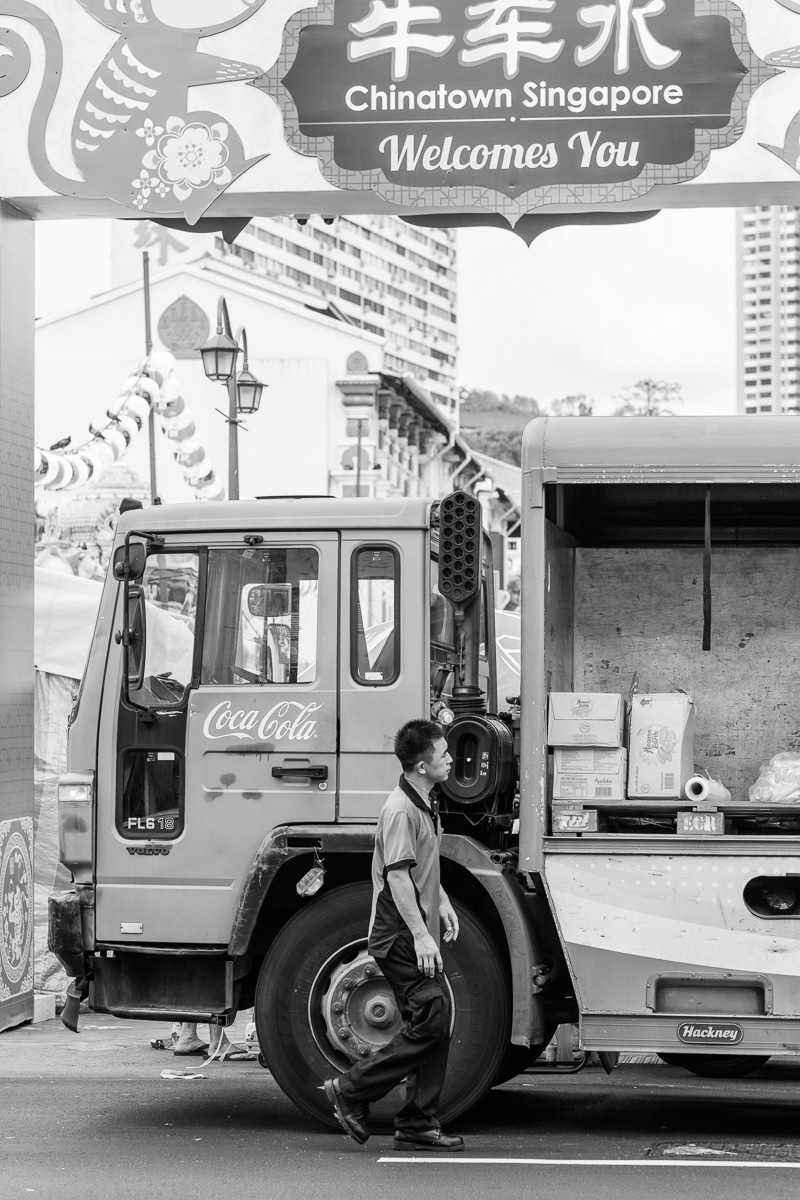
Our host asked what sights we had seen and I mentioned Chinatown. I thought I was being funny by suggesting that it’s a bit redundant to have a Chinatown in a place that’s 75% ethnically Chinese. “It’s not real, you know.” That was our host’s wife, a Caucasian Canadian ex-pat. “It’s a Chinatown for tourists.” Our host went on to explain that, in colonial times, when the Chinese had no choice but to live there, conditions were sometimes so crowded that there wasn’t room to lie down. The pleasant sounding decrees from Brits like Raffles masked the reality of the place.
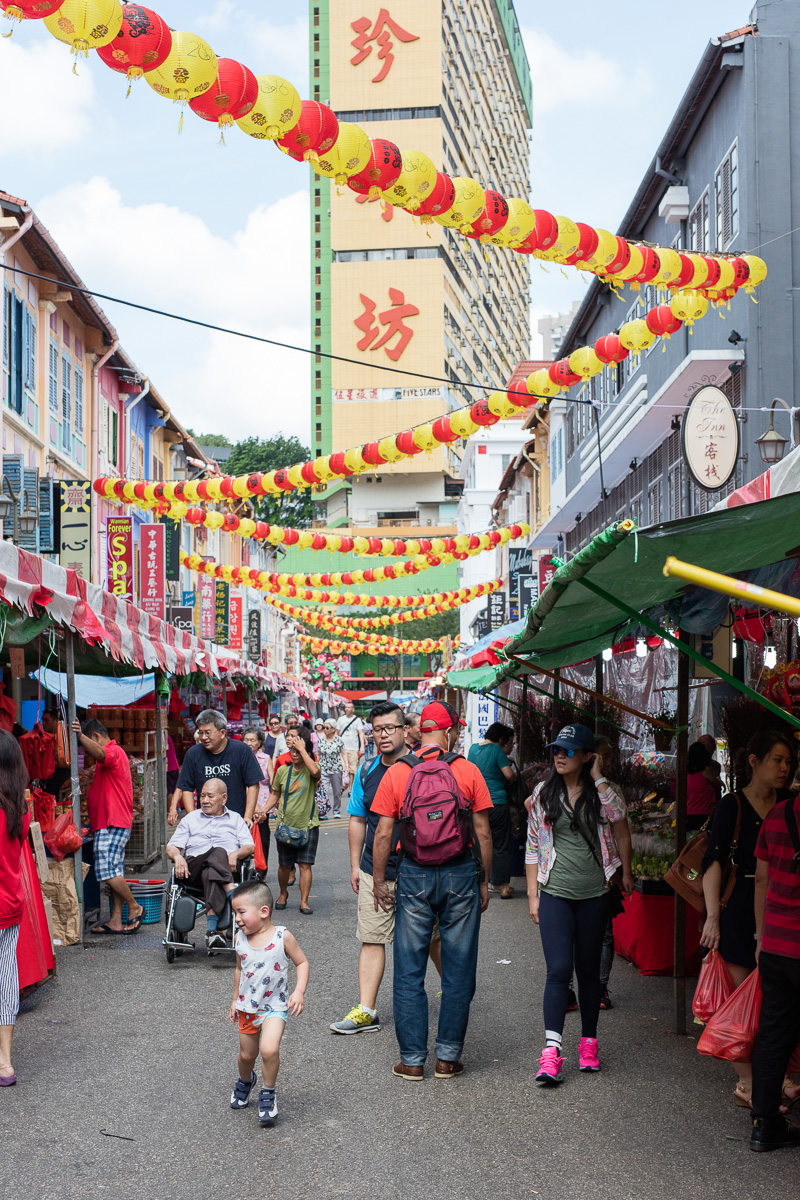
Revisiting my photos from Chinatown, I realize that most of the tourists in Chinatown are themselves Chinese. That may be because I was there in the days leading up to the Lunar New Year. Singapore is probably a good substitute for Chinese living or working in Malaysia and Indonesia who can’t get back to Hong Kong for the celebrations.
